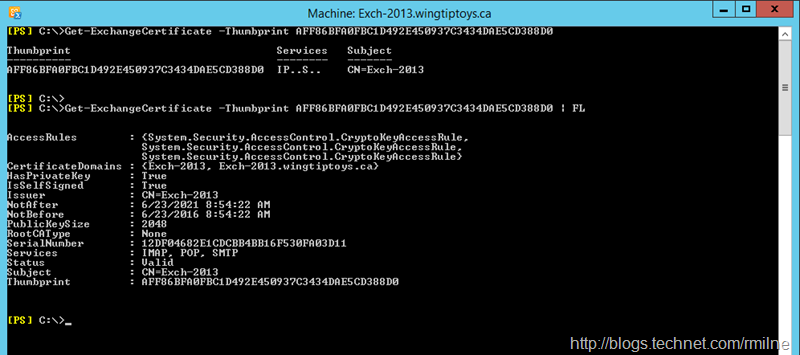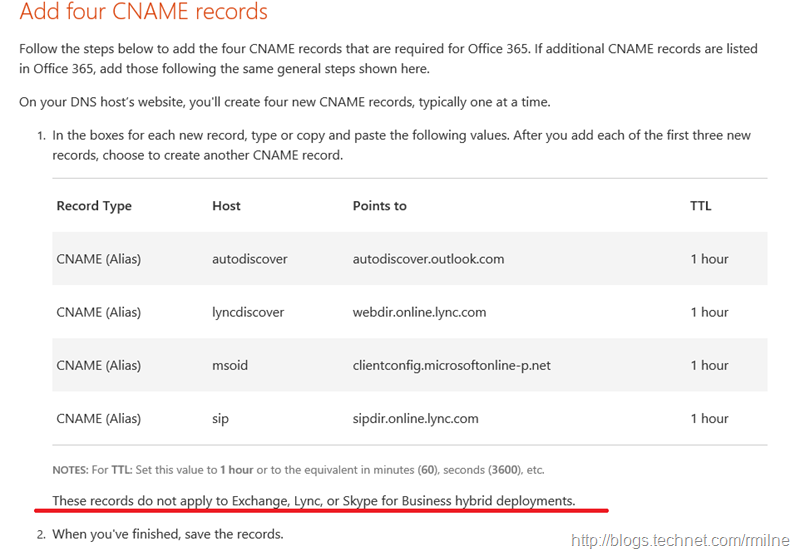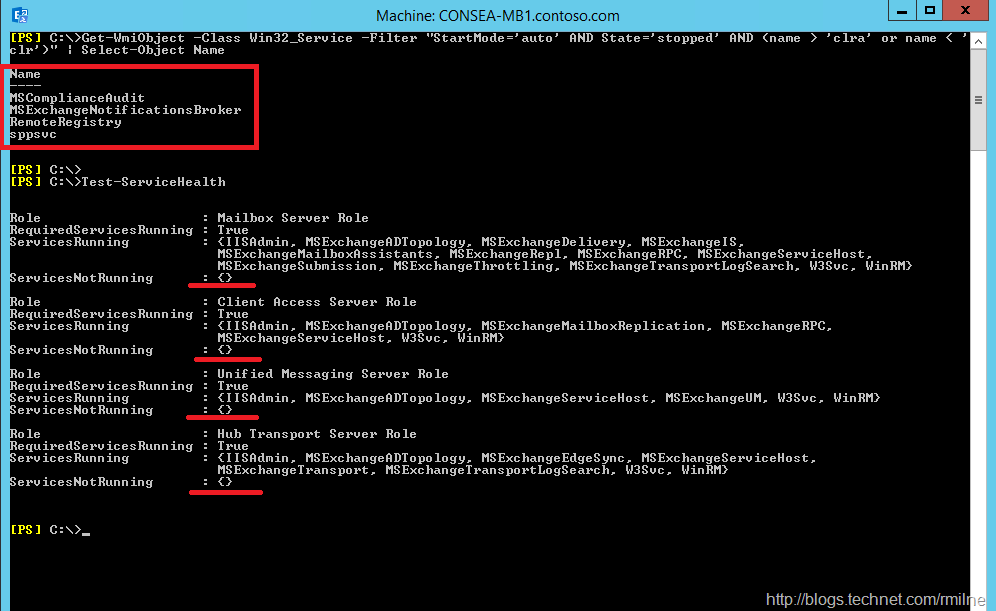Exchange Self Signed SHA2 Certificates
In recent builds, Exchange has been updated to support the newer SHA2 certificates. Exchange 2010 SP3 RU13 and Exchange 2013 CU 12 updated the SMIME control’s certificate to SHA2.
Additionally, Exchange 2013 CU13 and Exchange 2016 CU2 added support for generating the self signed certificates as SHA2 certs.
The below is for reference to save having to spin up labs in the future to review differences i… Read the rest “Exchange Self Signed SHA2 Certificates”


